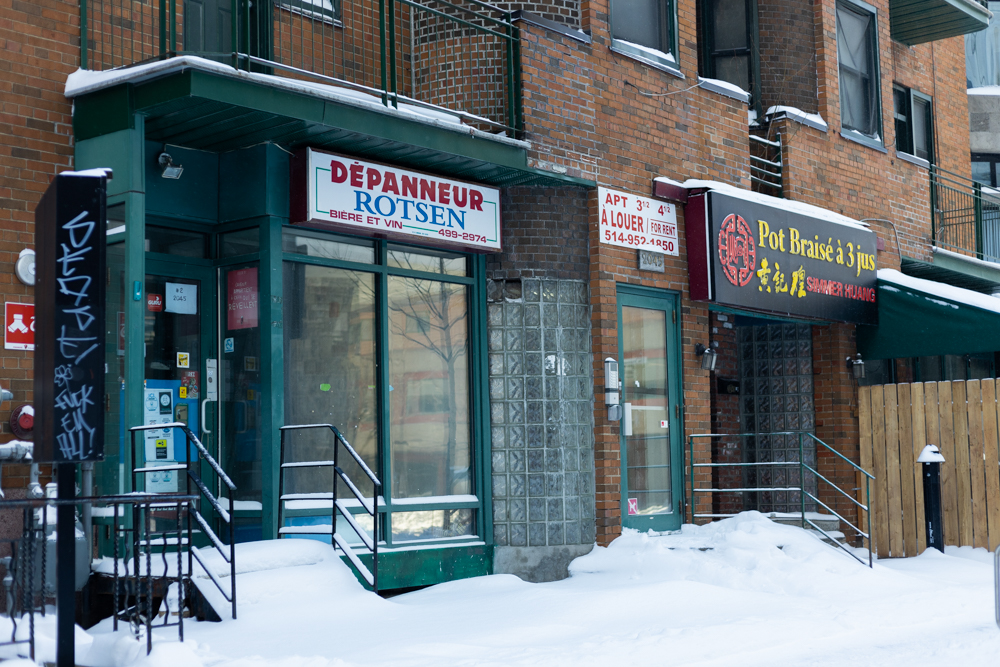The decision to purchase 2045 Bishop St. will appear as a referendum question in the upcoming CSU General Election
The CSU unanimously voted to let students decide whether the union should purchase a building on Bishops street for a new student centre in the upcoming election.
The purpose of this new building is to create a student centre that would include office space for the CSU, as well as a space for other student clubs and fee-levy groups to operate out of. The CSU would also be able to use the space to host their own events.
The price per square foot for the building is $419.31, rendering the 13 thousand square foot building a $5.5 million cost to purchase. The CSU is also exploring the option of adding an additional floor. Since it is not a heritage building, the CSU will have the ability to renovate and make modifications to the building as needed.
The CSU has been exploring the possibility of creating their own student center for some time. Initially, they approached Concordia about renting a space, however, these spaces were deemed to be unaffordable. However, according to CSU President Eduardo Malorni, Concordia will offer financial support in other ways, although those were not specified at the special council meeting held on Feb. 17.
The downtown property is located directly across the street from the Hall Building at 2045 Bishops St. “In terms of location it doesn’t get more ideal than this,” said Malorni.
The prime location is one of the many reasons that Malorni believes now is the right time for the CSU to buy the building.
”Other reasons why now is a good time is we do have a good surplus in the fund, where we could expense this and not be left completely depleted or be left in a situation where we might not be able to maintain the building for long term.”
Purchase of the building would also give the CSU more independence and control of the events and activities they want to create for students.
“This is a step in the future of the CSU being more independent from the university. Even though Concordia is acquiring buildings, that doesn’t necessarily mean that those buildings are going to be used for student life,” said CSU Councilor Lauren Perozek.
“This building would be under our purview and our control. We could use it for more student life related activities and our contribution to the students.”
Primarily the project will be funded by the Student Space, Accessible Education & Legal Contingency Fund (SSAELC fund) fund. The SSAELC fund was created 20 years ago and in that time has been used for other purposes. Its initial purpose was to be used for the purchase of a property and creation of a student centre. The fund has now accumulated enough capital that this initial goal is possible. The CSU will also pursue other grants to fund the building’s purpose.
The union will have to undergo a hefty due diligence process involving many inspections of the building. Some parts of it will require renovations, but others are usable at this moment. The result of the referendum question as well as the results of the many building inspections will determine if the CSU goes through with the purchase of the building.
“There are spaces that are not in great condition, but it’s in usable condition. So we could definitely use it for a lot of purposes already. Starting from day one that we own it,” said Malorni.
According to Malorni the CSU actually does not need to send this expense to referendum at all, but he believes students should be involved in the decision.
“I personally think that if we’re going to spend such a large amount such as $5.5 million, our decision should be backed up with the students’ consent on this, which is why I want to send it to the referendum.”
Photos provided by Catherine Reynolds
